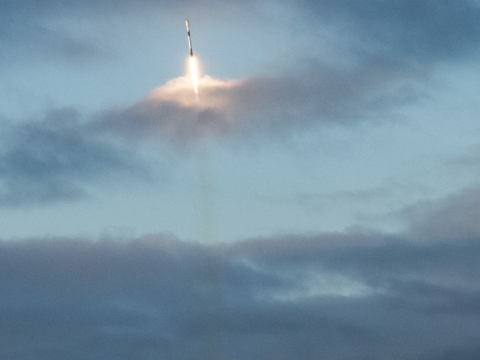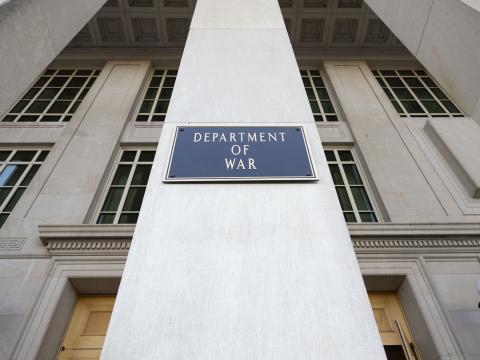Disaster Relief 2.0
 |
Tragedy can bring opportunity—in this case, to help save lives and reconstruct nations using the communications and information sharing tools that are the strengths of AFCEA’s members. Shame on us if we squander it.
Despite the suffering wrought by January’s earthquake in
Within hours of the earthquake, teams from the open-source and technology communities, as well as businesses large and small, began assembling exceptional civilian knowledge management capabilities through global networks of volunteers. This gave the
At the same time, Gen. Douglas M. Fraser, USAF, and his U.S. Southern Command (SOUTHCOM) deserve great credit not only for their innovations, but also for implementing continual improvements. SOUTHCOM designated points of contact early for unclassified information sharing and quickly settled on the U.S. Pacific Command’s All Partners Access Network (APAN: http://community.apan.org/) as a key tool for collaborating “outside the wire.” The command also leveraged the civilian knowledge management networks effectively.
The U.S. Defense Department and the intelligence community shared extraordinary amounts of information. Efforts included diverting a Global Hawk unmanned aerial system from
Three examples highlight the value of civilian knowledge sharing. First, relief workers received messages in Creole that exceeded their translation capabilities. Using Skype, text messaging and other tools, colleagues reached out to Creole speakers around the world for translation support. To cover messages such as “People trapped in building by school next to fountain,” a distributed network of people with local knowledge of
In a second example, the U.S. Coast Guard launched medical evacuation, or medevac, helicopters using data from the open-source situational awareness tool Ushahidi. And third, graduate students at the
There were growing pains, of course. APAN’s initial focus was on blogs and message posts and needed to be adjusted to meet the needs of high-velocity, data-intensive operations. More troubling was that, despite the Coast Guard’s use of the open-source medevac information and requests for similar support from U.S. Navy/Marine Corps pilots, the USS Bataan was not able to use the same open-source tippers because of limited bandwidth for Internet applications.
Many lessons need to be taken forward from experiences in
The government must ensure that information sharing policies actually are implemented at all levels. DOD Instruction 8220.02 has been out for nearly a year, yet few operators know of it. It is astonishing that pilots aboard the USS Bataan could not access the open-source mapping work that already had served the Coast Guard well. This needs to be fixed.
Risk management reviews must be realistic.
All sides must designate points of contact early. SOUTHCOM did well in identifying its points, and dedicated volunteers quickly began pulling together the open technology pieces. Other parts of the
Collaborative networks should build on the success of APAN, and improve it as needed. Social networks must be built systematically and exercised frequently, among multiple communities. Relationships that were key in
And, responders must get the story out. Many media channels were willing to help.
These lessons need to be applied to other situations such as floods in other regions,
The tragedy in
Linton Wells II is the transformation chair and a distinguished research professor at the




Comments